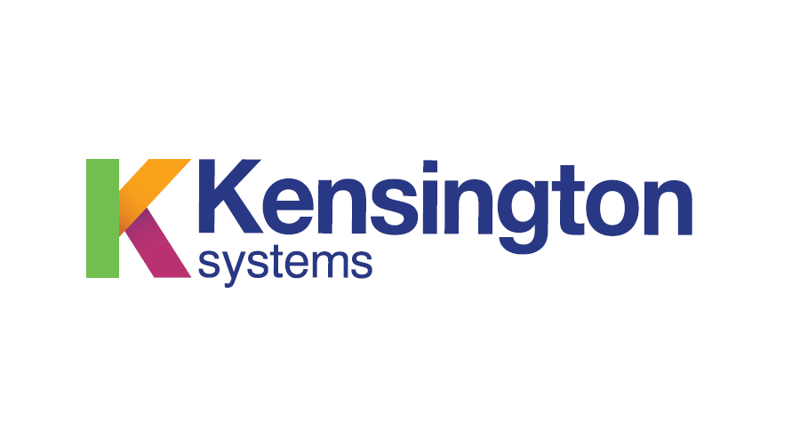Non-fragile roof assemblies are increasingly becoming a prominent safety issue in the construction industry and buildings like schools. Here is a concise, clear, summary on non-fragile testing as it applies to school canopies, why it’s important and how it works.
Why is a Non-Fragile Roof Important?
Ensuring a roof, canopy or roof light meets HSE regulations on non-fragility is important because a roof assembly that has been tested for non-fragility minimises or prevents the risk of injury or death to a person falling on it.
The Health and Safety Executive has identified falls through fragile roofs as a leading cause of death and serious injuries on construction sites in recent years.
As a result, HSE has produced the HSG33 document as guidelines for testing non-fragile roof assemblies. This recommends ACR(M)001: 2014 ‘Test for Non-Fragility of Profiled Sheeting Roofing Assemblies’.
What is ACR(M)001:2014 and what does it apply to?
ACR[M]001:2014 “Test for Non-Fragility of Large Element Roofing Assemblies” [fifth edition], is the most recent set of guidelines published around testing the safety of roof assemblies. It prescribes how a roof assembly should be tested to resist the impact of a person falling onto it, and then supporting their weight, clarifying how the assembly is then defined as ‘fragile’ or ‘non-fragile’, classified A to C.
Class ‘C’ is the lowest safety rating and classifies the roof as fragile; Class A is the highest safety rating and classifies the roof as non-fragile.
It is important to understand that the test is not of any single product, but all of the elements required of a correctly installed roof – simply adding extra bracing or reinforcement to the roof material is not enough to ensure a roof is non-fragile.
The test also applies to canopies, rooflights and other elements which may form part of the building’s roof structure.
Why are Non-Fragile Roofs important for schools?
Many Councils make a point of specifying non-fragile school canopies for new schools and nurseries.
Schools are buildings designed specifically for vulnerable people – children and young adults. As such it’s critical that all aspects of the design are considered to make the building as safe for these vulnerable people as possible. This includes the roof – think about the unpleasant consequences for all should a child or even an intruder be injured or killed by a fall through a fragile roof. A school canopy counts as a roof assembly; its safety and durability should be demonstrated by a non-fragile rating.
Huge emphasis is placed on the protection of children at school – this should include ensuring the building itself is safe, durable and fit for purpose.
Are Spaceshade Canopies certified as Non-Fragile?
Yes.
Spaceshade Lux and Max Canopies have been rigorously tested and certified to the ACR[M]001:2014 standard.
The Spaceshade Lux has a Class ‘B’ non-fragile rating. This is achieved when the structure has sustained ‘minimal damage’ after multiple drop tests have been performed.
The Spaceshade Max has a Class ‘A’ non-fragile rating. This is the highest rating and can only be achieved if the structure has sustained ‘no visible or significant damage’ after multiple drops.
A Class ‘C’ rating is achieved if the roof is damaged after only one impact.
Not every school canopy on the market complies with the 2014 standard or has even been tested, so it is worth checking when doing your research.
Conclusion
To summarise in 3 points:
1. A non-fragile roof is a key factor in reducing the risk of injury or death in the case of someone falling on said roof.
2. All roof assemblies – including elements like canopies and rooflights – should be tested to ACR[M[001: 2014, which tests the strength of the entire structure for safety.
3. A non-fragile certified roof or canopy is of particular importance in a school environment where the protection of children is paramount. This includes ensuring the building is safe and fit for purpose.


.jpg?width=600&height=400&name=Paddock%20SEND%20School%20-%20Spaceshade%20canopies%20with%20post%20protectors%20(6).jpg)
